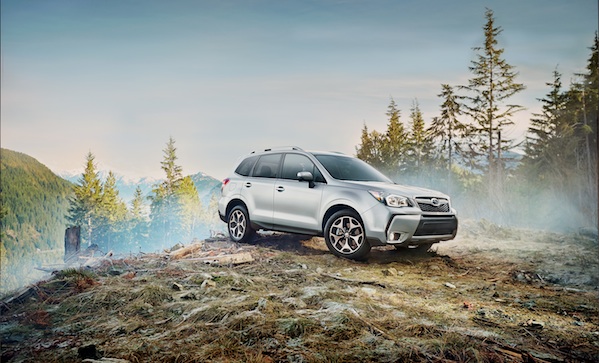In the world of motorsport, professionals have their formula and stockcar racing, but those of us at the grassroots of the sport have rallying. Road rallies are the pickup soccer of the motorsports world: nearly anyone can participate, no professional equipment required. All you’ll need is a closed public road, a street-legal car, and some challenging terrain.
Public Roads
Rally car racing doesn’t need a closed track; that would be beside the point. Typically, automotive clubs holding a rally will close a public road for the race. Rallying should have a car operating like it would outside of a race, so by holding the rally on a public road, the emphasis of the race is put on teamwork, navigation, and real-world driving skills.
Challenging Terrain
Perfectly level asphalt is for supercars; rally car racing thrives on mud, gravel, ice, hills, water, and nearly any other obstacle drives can face in a real driving situation. In fact, the Canadian Rally Championship insists on gravel or ice.
Street-Legal Cars
The real beauty of amateur-rallying is that it requires no special vehicle. Regular road cars can do it. Even rally car racing at the professional level features cars pretty close to road cars you’ll see at your dealership.
Think you’re ready to try your hand at a rally? Check out the Subaru Forester Family Rally, and you and your family can be selected to participate in the next event in August; the winner takes home a new 2014 Subaru Forester.


